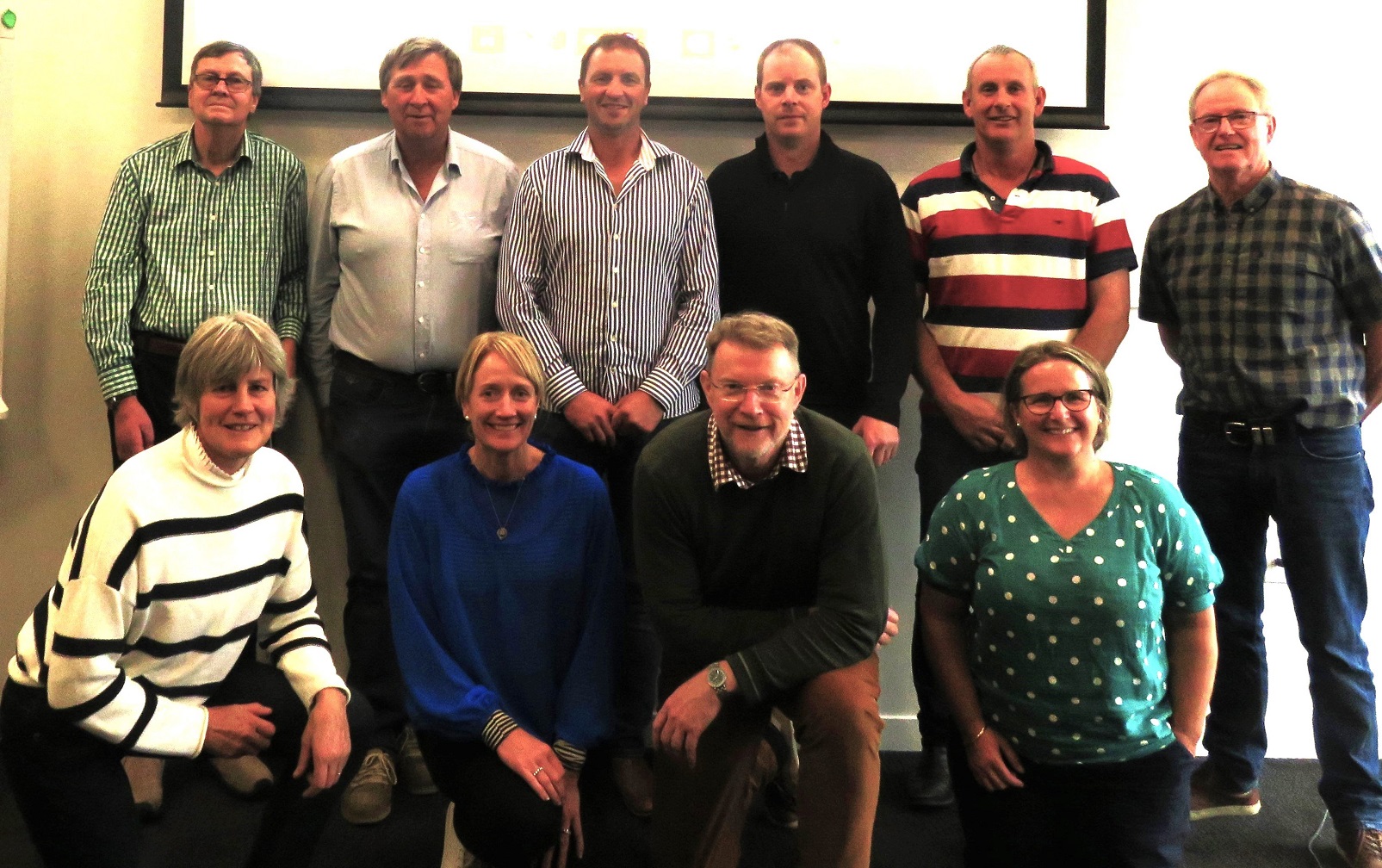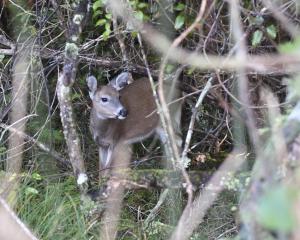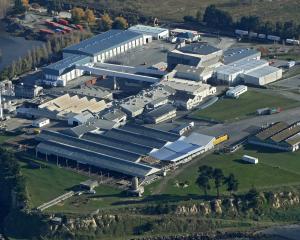
Fossil Creek Angus partner and project spokesman Neil Sanderson, of Oamaru, said his stud was one of six Angus breeders in New Zealand to have invested in the new E-Star platform.
The other studs are Earnscleugh Angus, in Central Otago, Martin Farming, in Nelson, Leefield Station, in Marlborough, Sudeley Angus, in Banks Peninsula, and Hallmark Angus, on the East Coast.
The group had worked with Dunedin agri-technology business AbacusBio to use existing trait data to create four selection indexes, expressed in a five-star rating system, to evaluate efficiency, both financial and environmental.
"This new platform is set to change the pace and focus of beef industry genetics."
The maternal index consists of a grouping of traits related to the beef cow and calf operation. The desired outcomes from the maternal index includes improving fertility and moderating cow size.
The terminal index highlighted the animals which would grow fast to suitable carcass weights with high yields and produce good eating through intramuscular fats.
The efficiency index could be used on its own to identify animals which were superior for efficiency.
Selecting the most efficient animals could reduce environmental footprint, acting as the best productive proxy for reduced emissions, Mr Sanderson said.
The fourth and final index, heifer direct, was designed to be a standalone selection tool for ranking bulls as suitable for mating yearling heifers.
The indexes for Angus attributes such as calving ease, maternal and fertility traits and terminal or finishing traits were served separately.
An aim of the platform was to save breeders and farmers time in interpreting many individual breeding values for each animal.













